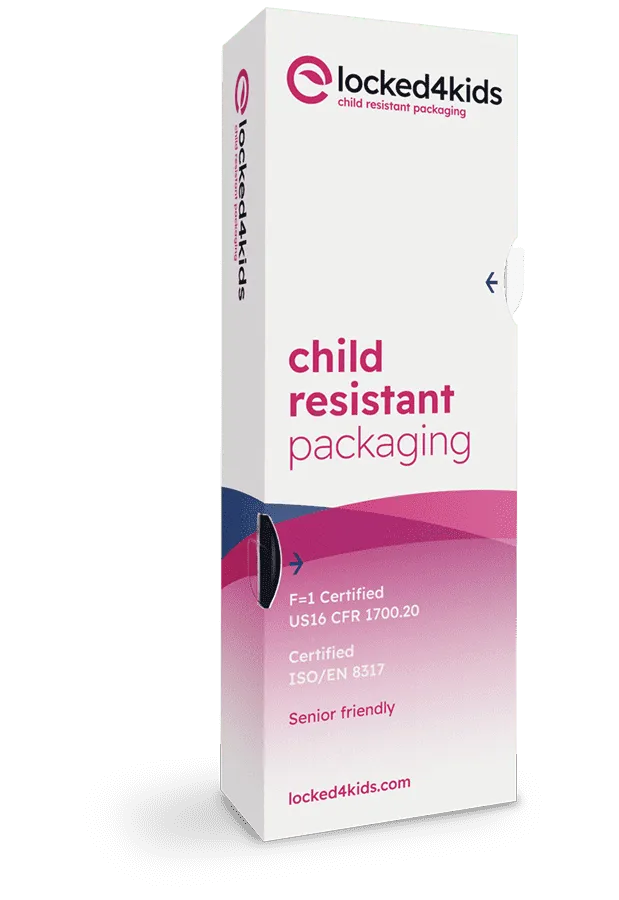In the busy aisles of supermarkets and the digital galleries of online stores, food packaging is undergoing lots of changes. Driven by consumer demand and a pressing need for sustainability, brands are adopting packaging solutions that are as ingenious as they are eco-friendly. Let’s unwrap some of the standout examples of innovative food packaging that are setting the bar higher for the rest of the industry.
From farm to shelf: the art of packaging
The story of food packaging in recent times is one of vibrant change and bold steps. Take ALE+WANG Crèmes, for instance, whose packaging bursts with color and playful illustrations, capturing the natural and wholesome essence of their coconut milk-based products. Then there's Willie’s Cacao truffles, which tempt the senses with luxurious design and illustrations of mystical creatures that promise a magical taste experience.
Seeing is believing: the clear advantage
Right Rice showcases its vegetable-based rice through a cut-out window packaging shaped like a bowl, marrying transparency with clever design. This not only allows consumers to see the quality of the product but also communicates trust and honesty in what they’re buying.
Stories in a bottle:crafting narratives
On the shelves, Gritz's Italian brewery tells a family story through its packaging. Each beer flavor is associated with a different family member, using bold letters and character illustrations that make each bottle a conversation starter. This approach demonstrates how packaging can narrate a brand's heritage and craft a connection with customers.
Sustainability: a priority in packaging
In the domain of sustainable packaging, innovators are rewriting the rules. Dell, for instance, has switched to a mushroom-based material for packaging, which is fully biodegradable and offers a flexible, sturdy alternative to polystyrene. Want to explore other biodegradable materials for packaging? Read this blog post.
Carlsberg has eliminated plastic six-pack rings with a special glue that keeps cans together without impacting their recyclability, significantly reducing plastic use.
Repurposing with purpose
Method, a cleaning product company, has set a precedent by creating bottles made entirely of plastic waste collected from oceans, while Puma’s Clever Little Bag is redefining footwear packaging with a design that uses 65% less cardboard and completely does away with the need for tissue paper.
Beyond the bottle: Coca-Cola’s innovative refill stations
Coca-Cola is championing the BYOB (Bring Your Own Bottle) movement with DASANI PureFill stations, which not only offer filtered water refills but also provide carbonation and flavor options. This initiative is part of Coca-Cola's efforts to reduce the number of PET plastic bottles in its supply chain.
Plantable packaging: a seed of change
Pangea Organics has introduced 100% compostable and plantable product packaging. After use, the packaging, embedded with seeds, can be planted, giving life to new plants. It’s a step towards a zero-waste product lifecycle that resonates with eco-conscious consumers.
The pasta with a new twist
And who can forget Good Hair Day Pasta, with its clear plastic cut-outs that ingeniously use the pasta inside to create the illusion of various hairstyles? This playful design not only stands out on the shelf but also adds a touch of whimsy to the routine of shopping for pasta.
Exploring the future of innovations in food packaging
These examples represent just a taste of the innovations in food packaging. As we witness this evolution, it's clear that the future of packaging is not just about containing a product but also about communicating values, telling stories, and protecting our planet. Curious about the functionalities of packaging in marketing? Read here more about it!
Request a free sample now!






.webp)




